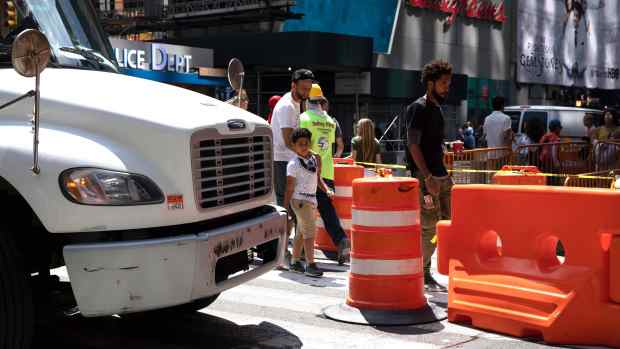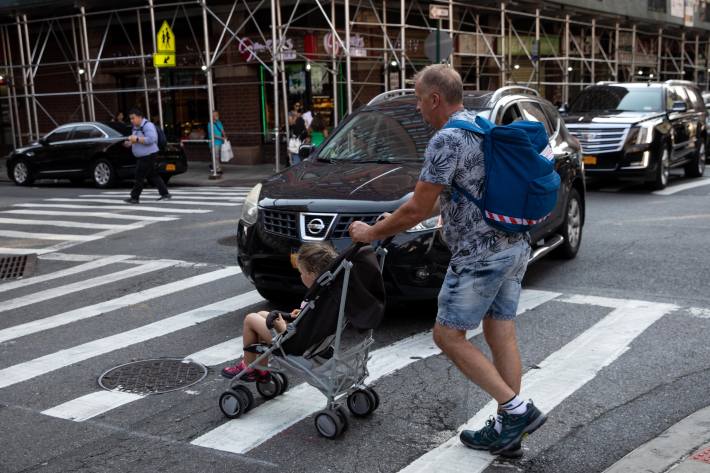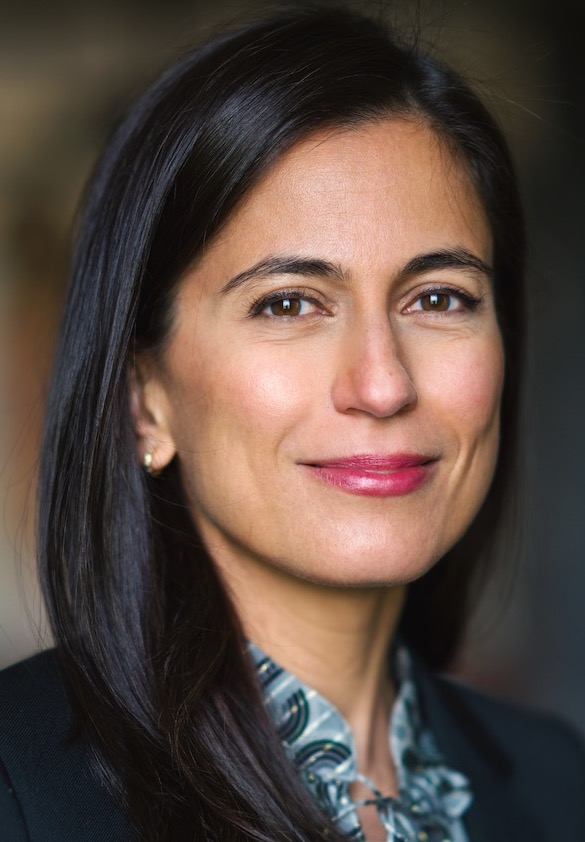

This is the fourth installment of our feature: “What will the next Manhattan DA do about reckless drivers.” Earlier features included an op-ed by candidate Liz Crotty, which advocates for decriminalizing reckless driving, and a counterpoint op-ed by challenger Assembly Member Dan Quart calling for stiffer penalties for drivers who injure, maim and kill. Another candidate, Diana Florence, argued for the establishment of a vehicular-crimes task force. Today’s feature is by Tali Farhadian Weinstein, a fourth candidate in the June 22, 2021 primary to replace outgoing DA Cyrus Vance Jr.
New York City has a serious traffic-violence problem. The facts are clear: a staggering 30 percent of New Yorkers have been injured in a traffic crash, while 70 percent of New Yorkers know someone who has been injured or killed in a traffic crash. This Labor Day weekend, I became one of them, when a dear colleague and friend was struck and killed by a bus driver while riding her bicycle home from a protest for racial justice. Despite city efforts like Vision Zero, and the promised, but COVID-delayed, roll-out of the Green Wave Plan, Streets Master Plan, and Dangerous Vehicle Abatement Program, street safety has not improved, and drivers continue to maim and kill our loved ones and neighbors.
In recent years, traffic violence has been responsible for more deaths than gun violence. Like gun violence, traffic violence requires a multifaceted approach that includes accountability for the violence that does occur alongside proactive solutions to address the violence’s root causes. Like gun violence, traffic violence is a public-health and safety crisis — an epidemic — that requires seriousness and attention from across city leadership. Just as the district attorney must obviously be committed to combating gun violence, so too she must use her resources to protect the most vulnerable — including children, older New Yorkers, cyclists, and pedestrians — from traffic violence and to make proactive change.
With the discretion to choose when and how to prosecute traffic-violence cases, the district attorney should focus on stopping repeat offenders and those whose recklessness caused death and serious injury. As we do with other fatalities, the district attorney should send assistant district attorneys to crash scenes to investigate immediately whether a crime has occurred, support the police, and begin the process of deciding whether a prosecution should follow.
As a candidate to be Manhattan’s next district attorney, I pledge that traffic violence will be among my priorities and consistent with my commitment to use the office’s resources to advance public safety by protecting pedestrians and cyclists and supporting victims and survivors of crashes. As a mother of three little girls, this responsibility holds a special significance and urgency for me. Like many parents in this city, I constantly warn my kids that cars and their drivers are dangerous and that this kind of violence happens regularly and could happen to them.

We also must support and use tools that help us identify and curb reckless and negligent driving, including automated-enforcement technology such as red-light cameras and speed cameras. That data will help us make cases as well as develop policy for minimizing dangerous driving and addressing dangerous behavior such as texting while driving. As with other crimes, we must work with the victims and survivors of traffic violence to provide them with the resources and services necessary to heal and help them navigate the criminal-justice system.
Accountability does not mean retribution only. We must always make sure our prosecutions are not unduly punitive — especially for Black and Latinx New Yorkers, who have historically been targeted by racial profiling. We must look to restorative and rehabilitative solutions that improve accountability and community safety. I will push for the expansion of the restorative Driver Accountability Program, pioneered by my former colleagues at the Brooklyn DA’s Office, in collaboration with Families for Safe Streets and Transportation Alternatives, among others. I am pleased that the city has just announced its intention to finally implement the Dangerous Vehicle Abatement Act, and that it will used the act in response to red-light and speed-camera violations. I will support broadening the restorative model, where there is victim support, to include serious crashes involving survivors and victims’ loved ones.
This work requires cultural change, as well, and we can draw on our experience with other crimes to lead the way. Often, our society blames traffic-violence victims — for not getting out of the way, for choosing to ride a bike. We used to talk this way about the victims of other crimes, too, like domestic violence, and it needs to stop. Understanding that traffic violence is not presumptively “an accident” would help.
Despite more of us staying home this past year because of the COVID-19 pandemic, Americans are dying from traffic crashes at a higher rate, and the number of traffic deaths in the city has risen for the second year in a row. A Brooklyn child was killed in a hit-and-run on just the fourth day of 2021. As we work to shape a safer and better city, let’s make sure traffic violence gets the attention it must from all of us. It is not enough to offer thoughts and prayers every time another life is lost to this violence. It is long past time that we prioritize human life over car accessibility, and it will take commitment from all of us — legislators, city agencies, and yes, prosecutors. It is possible to treat traffic violence as the epidemic it is, and the time to address this crisis is now.
Tali Farhadian Weinstein (@TaliFarhadian), a former general counsel for the Brooklyn District Attorney, is a candidate for Manhattan DA.







